What Do Labels on Chicken Really Mean?
It’s not your imagination. Food labels do keep getting more complex. Add to that the many myths about chicken meat, and buying a “simple” chicken roast turns into a confusing process!
A Complete Guide to Chicken Labels
No worries, though. Here’s what the labels really mean:
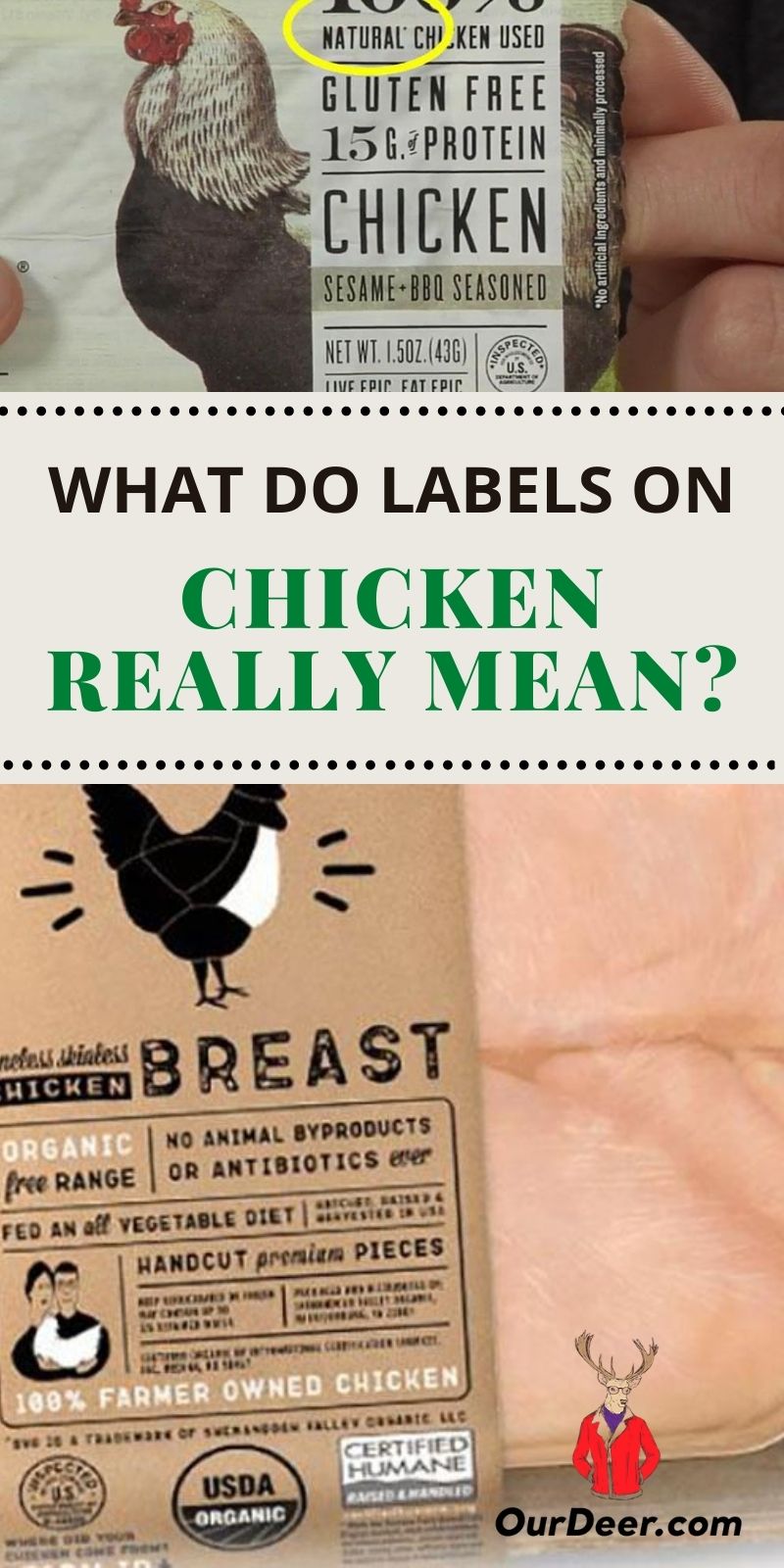
Free Range
The chicken was allowed the opportunity to go outside and scratch around, as it naturally would. However, farmers only needs to give the chickens a tiny door and a minuscule “outside” area to qualify for this label. Most grocery-store “free-range” chickens come from birds who live crowded indoor lives and have no real opportunity to scratch around.
Truly free range chickens are allowed plenty of outside room to scratch, eating bugs and weeds; local farmers are your best bet at finding true free range chicken.
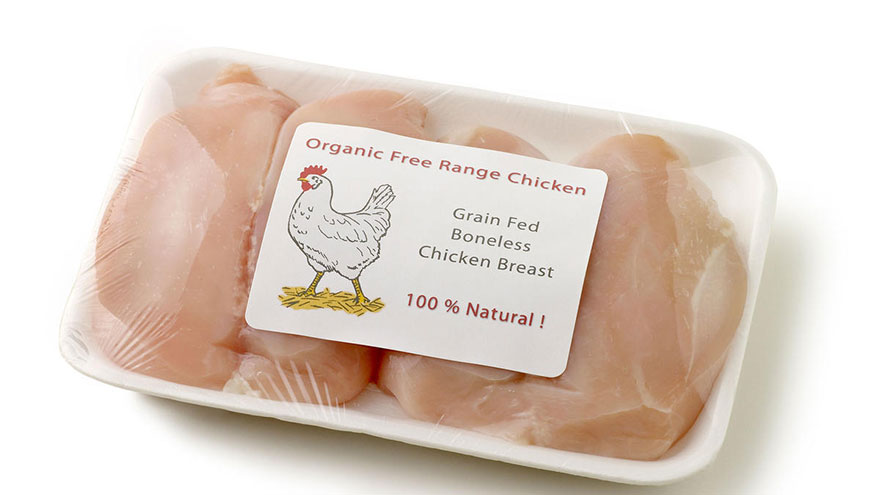
Pastured or Pasture-Raised
Birds were allowed to free range and got about 20% of their food in the pasture (including bugs, weeds, and grass).
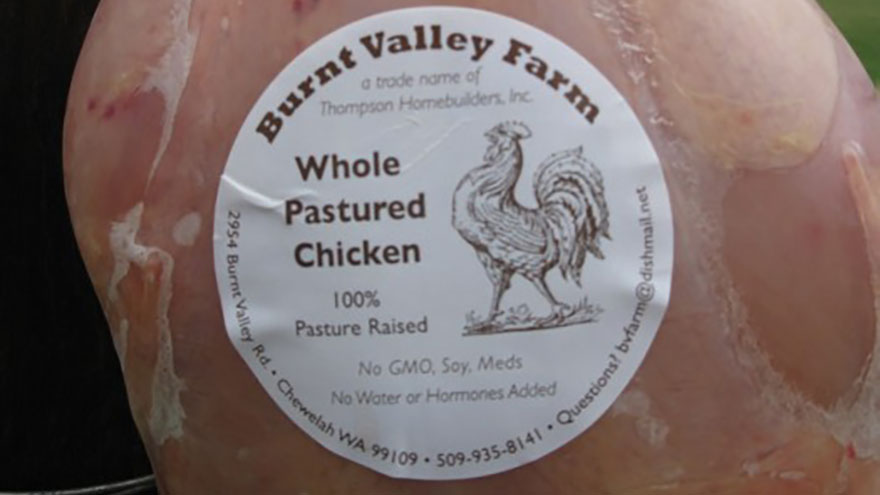
Fresh
The chicken was never frozen.
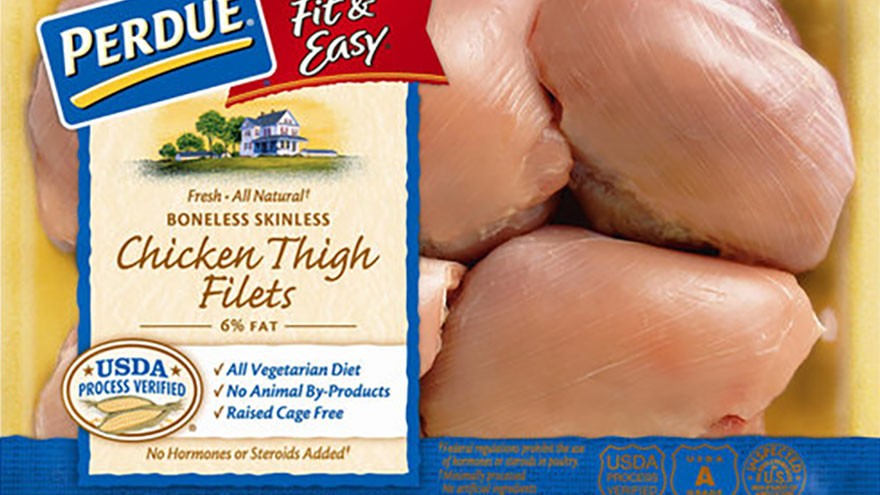
Mechanically Separated Poultry
The chicken was put through a machine that removed scraps of edible parts of the bird and mixed them together to make such products as chicken nuggets.
Natural
The chicken has no artificial ingredients added to it. This label also means the bird was “minimally processed” – nothing was done to “fundamentally alter” the chicken.
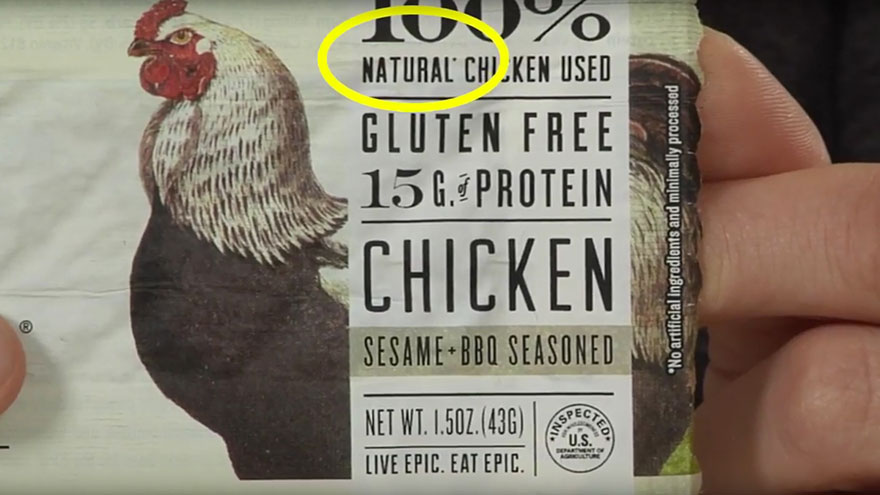
No Hormones
In the U.S., no commercially raised chickens may be given hormones. Therefore, a legal label will actually read: “Federal regulations prohibit the use of hormones.”
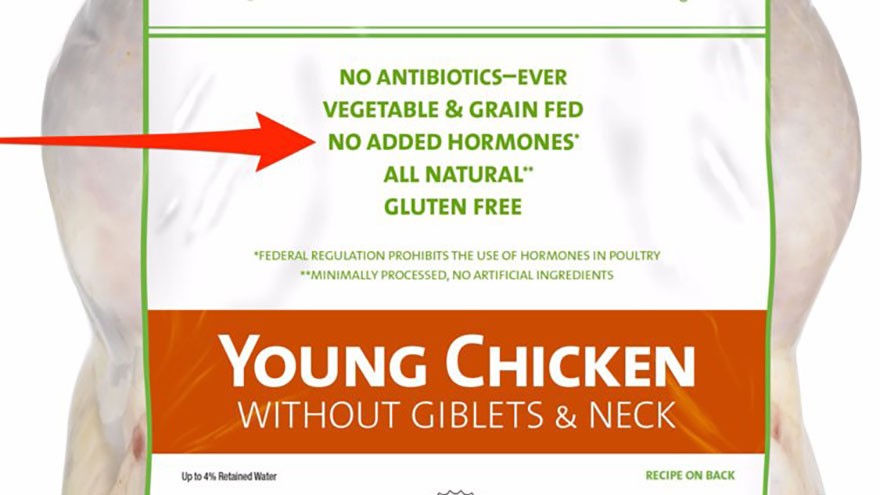
No Antibiotics
Just what it says: The chicken was never given antibiotics.
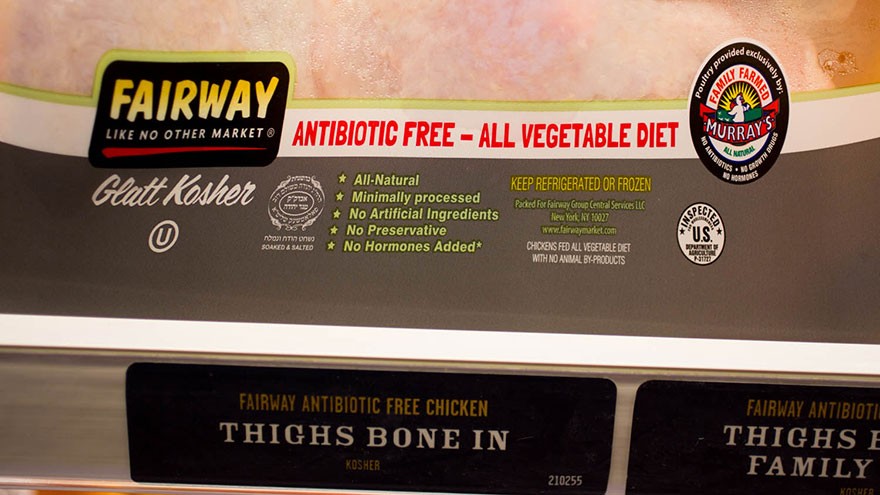
Cage-Free
Most commercially-raised hens are raised in small wire cages that don’t allow them to spread their wings or move much.
“Cage-free” chickens come from birds who typically live in an open barn, without individual cages. These barns are usually crowded, however.
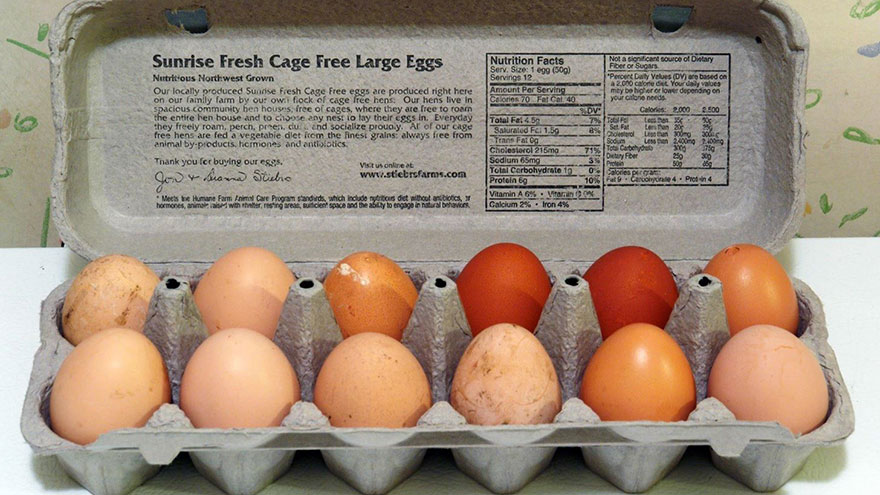
Certified Organic
The chicken was never given antibiotics (or hormones) and the bird was fed organic food. That food can’t be GMO, nor can it come from land that has had chemicals sprayed on it in the past three years.
However, chickens given a natural diet of bugs can’t be USDA certified organic – because the government doesn’t know where those bugs came from or what they’ve been eating. Organic chickens eat grain.
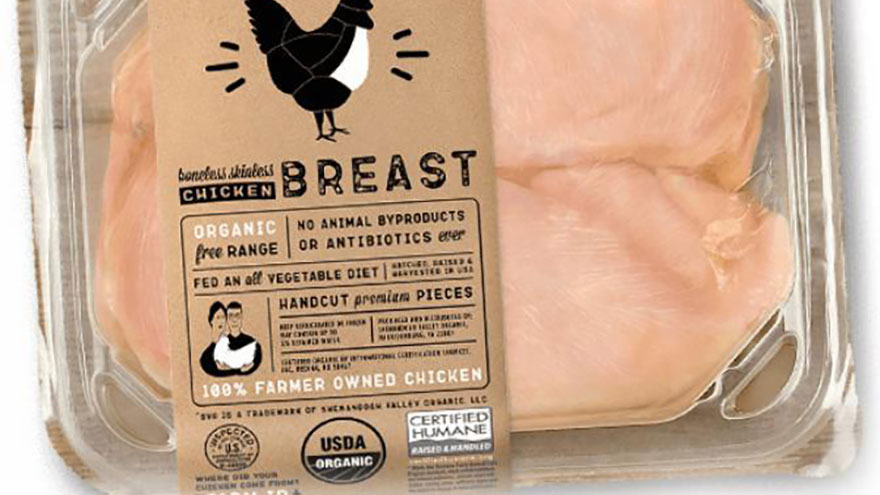
Certified Humane
Chickens with this label live cage free, usually inside barns that are not as crowded as typical “cage free” barns; however, chickens don’t naturally live in huge flocks. They find this stressful and will peck each other; therefore, removing the hens’ beaks is still permitted.
Certified Humane hens are allowed to nest, perch, and dust bathe – all things a hen does naturally, given a friendly environment.
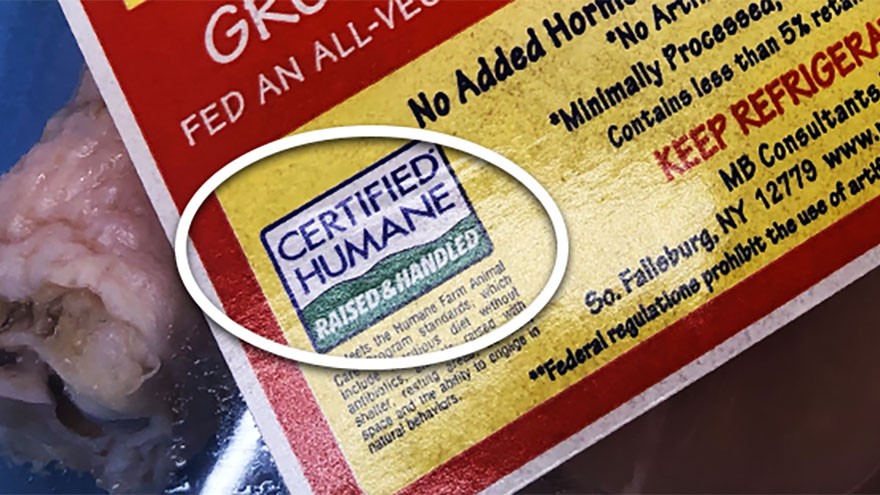
Vegetarian
Chickens who lived with a vegetarian diet. However, chickens are naturally omnivores – they eat both plants and meat. This label implies that the chickens were not allowed to free range (and eat bugs).
Heritage
The chicken is a heritage breed – meaning it’s an old-style breed of chicken that may be more nutritious and flavorful. It’s rare to find heritage chickens in a grocery store; local farmers are a better source.
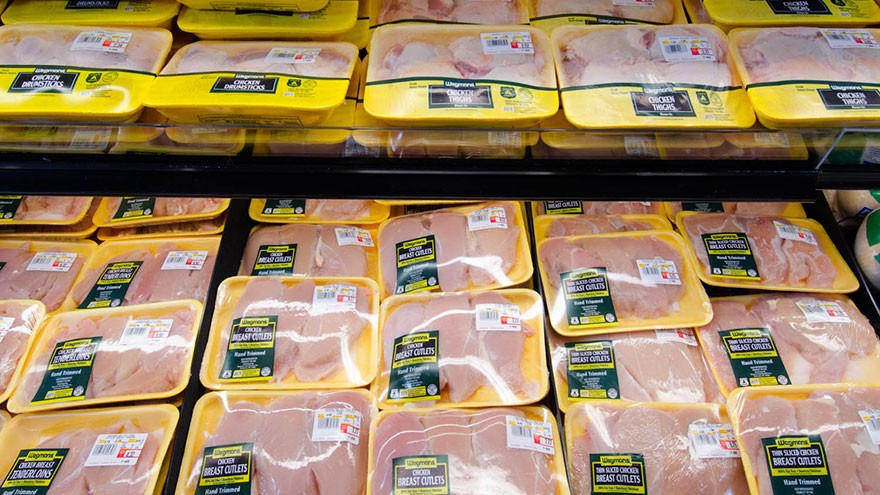
Check out the video version of this article on our YouTube channel.

